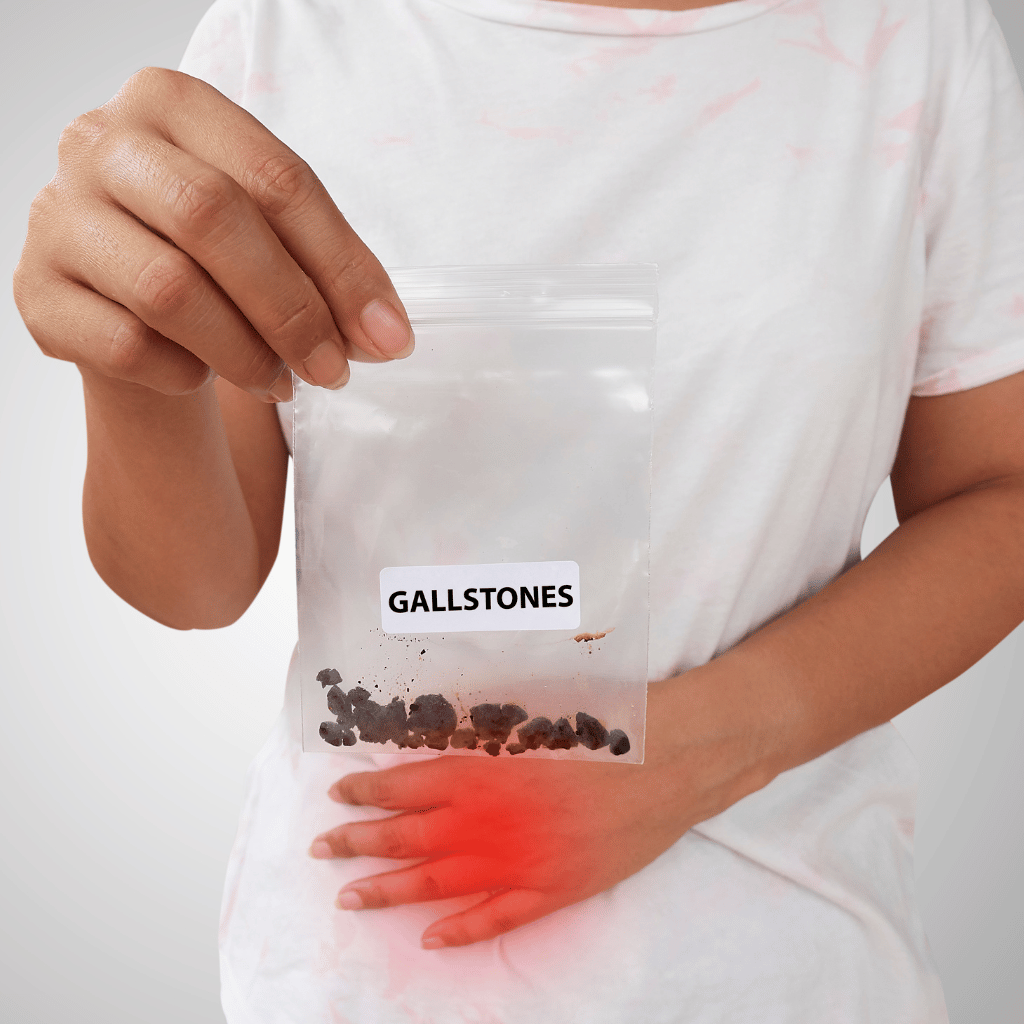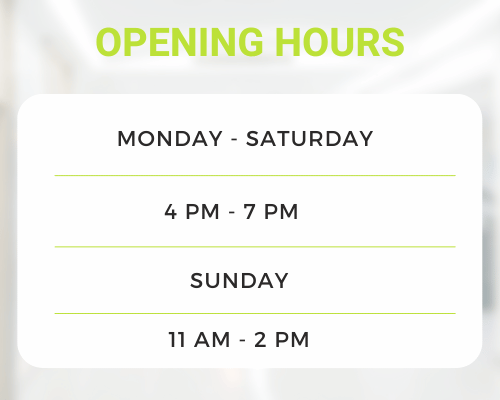Gallstones
Gallbladder is pear shaped organ located just below liver on right side of abdomen.
It contains Bile Juices which helps in digestion.
Sometimes due to various causes there is stone formation inside the gallbladder called gallstone which can be troublesome.
10 – 20 % Life time risk of gallstone formation of which 80 % will not have any symptoms.
Remaining 20 % will develop some symptoms or complications at some point in thier lifetime.
Symptoms & Diagnosis
- Pain on Right Side or Central Part
- Fever
- Vomiting or Nausea
- Acidity or Gastritis
- Indigestion or Dyspepsia
- Jaundice in some cases
- Dark Yellow Urine
- Gas with bloating sensation
Assessment of patient as per following
- Ultrasonography
- MRCP or CT scan depending on Lab findings & Examination
Causes
Infection or obstruction of lumen of appendix or stone like formation called appendicolith
Following are risk factors.
- Females , Age more than 40
- Diabetes
- Obesity
- Fast Weight Loss
- Contraceptive pills
- Blood Disorders
- Sedentary Lifestyle
- Prolonged hospitalization for any reason
- Certain Medicines
- Family History
Treatment
Laparoscopic Cholecystectomy – It is the most ideal recommeded treatment for symptomatic Gallstones
Operation or Surgery is only curative treatment option for people having issues with gallstones.
Surgeon makes few small holes & then remove Gallbladder along with gallstones through one of the holes.
- Short Hospital stay
- Fast recovery
- Minimal pain
- Less chances of infection
- Less chance of missing other causes of pain
- Cholecystitis – Infection in gallbladder
- Jaundice – Slippage of stone in main path of bile juice drainage
- Empyema – Pus or abscess formation
- Gangrenous Changes / Perforation
- Cholangitis
- Sepsis
- Rarely Gallbladder cancer esp. Large Stones ( 4 % in 15 – 20 years )
Not effective but medicines like Ursodeoxycholic acid can be tried for dissolution of Gallstones or used in some special circumstances under medical supervision if needed.
If there is stone slippage or any signs of biliary obstruction or Bile duct injury then ERCP may be needed first followed by surgery as recommended.
What is ERCP ?
- Gastroenterologist will insert camera scope & will reach opening of Bile duct in small intestine.
- Then opening is widened to remove obstruction, stent is placed & biopsy taken if necessary
Polyps more than 10 mm or 1 cm or Multiple Polyps will require gallbladder removal
Chances are that it may turn cancerous so regular monitoring is required in these condition.


